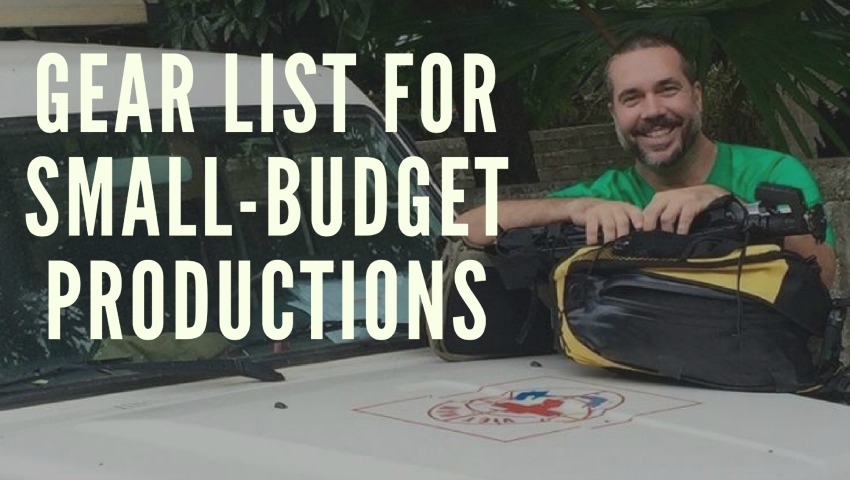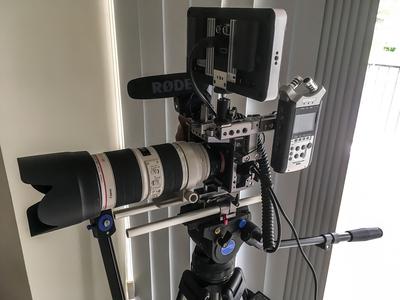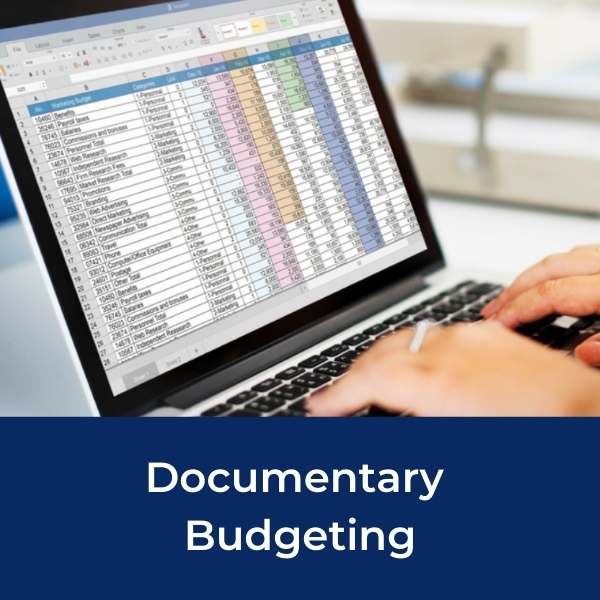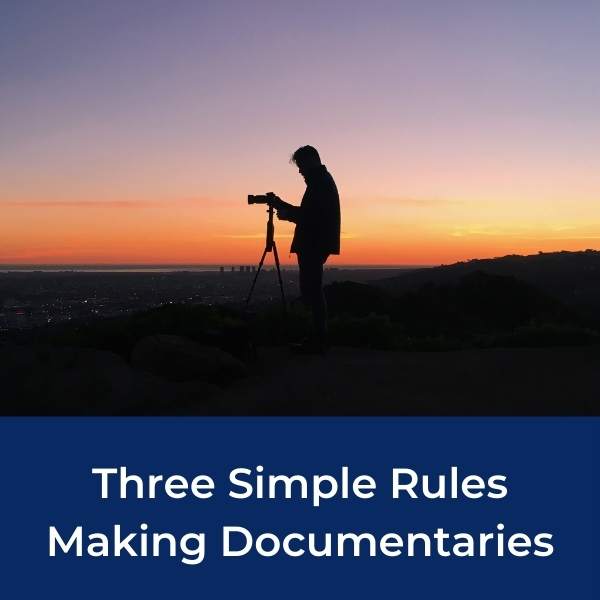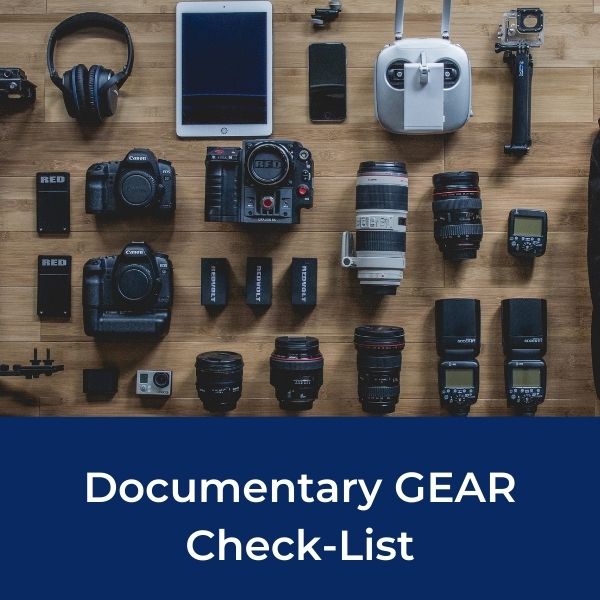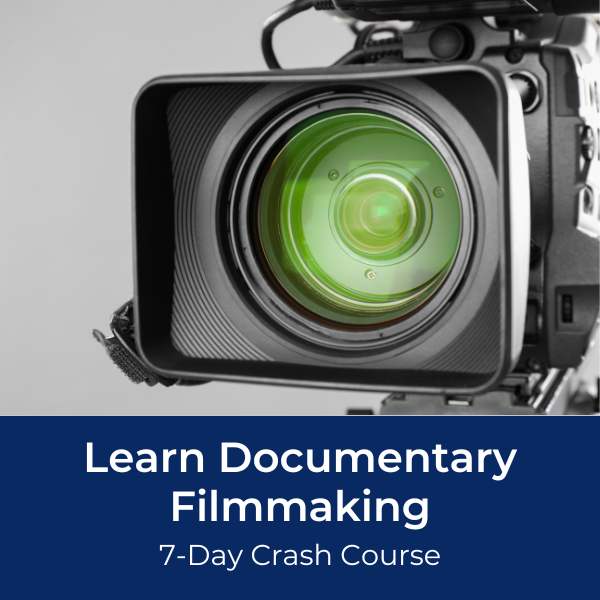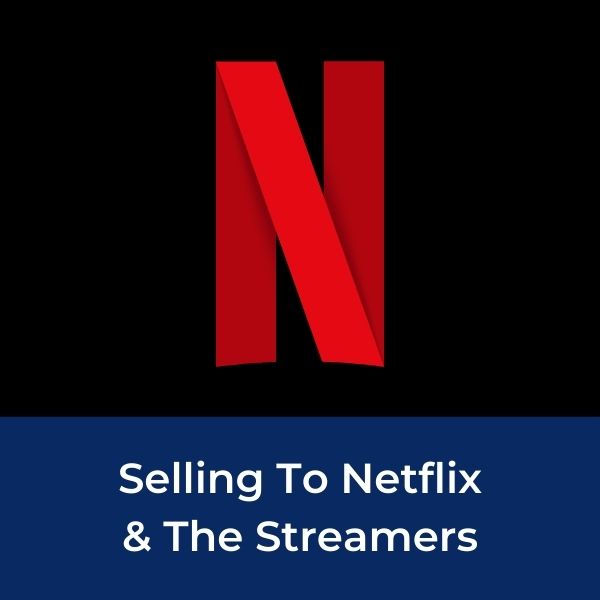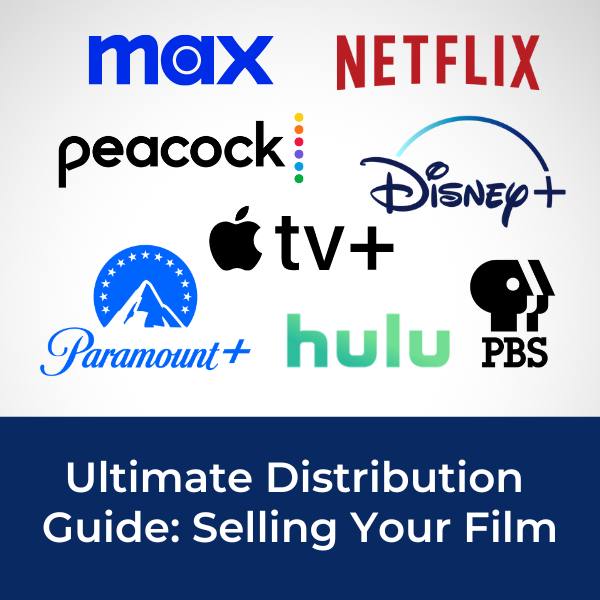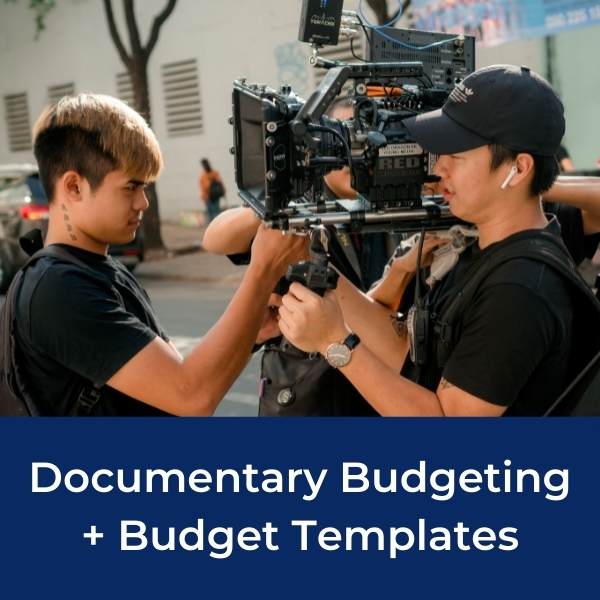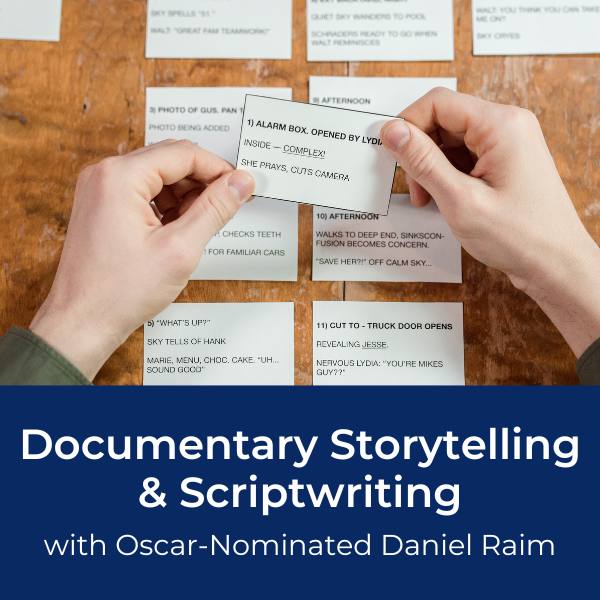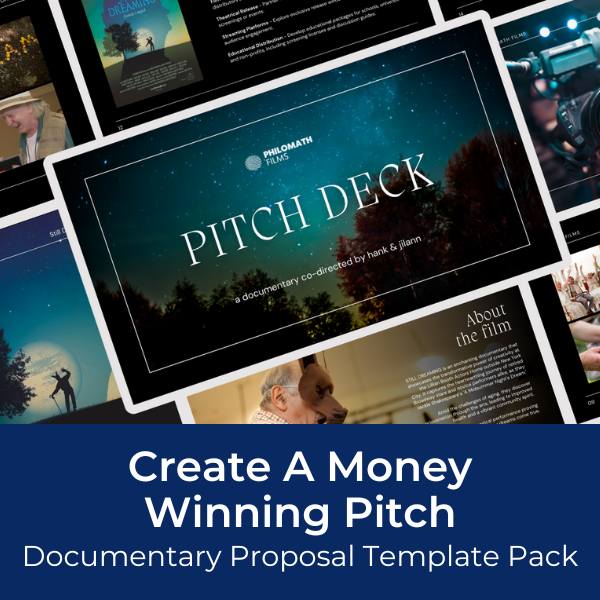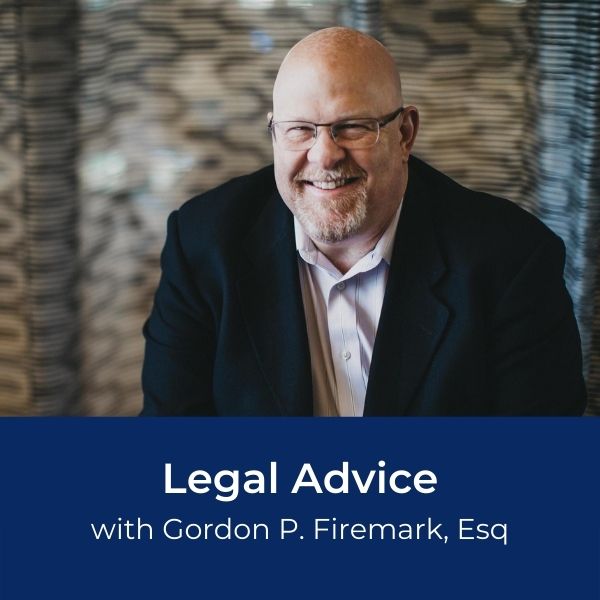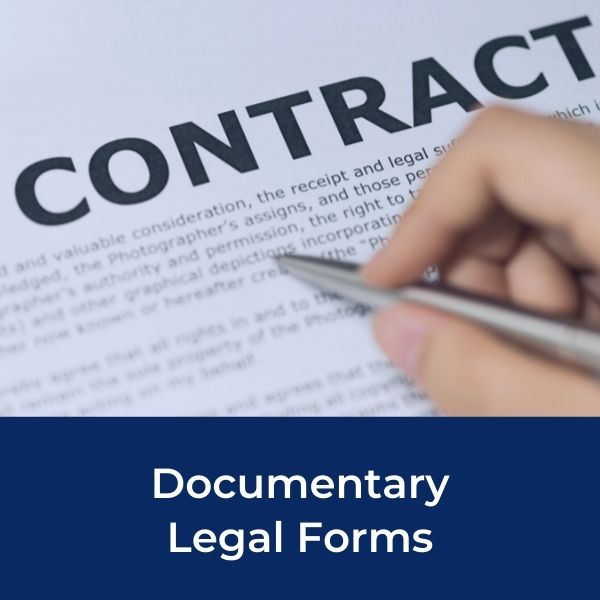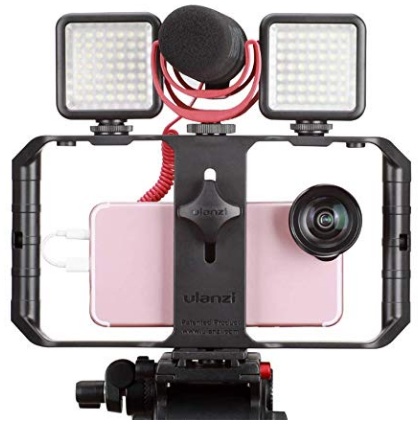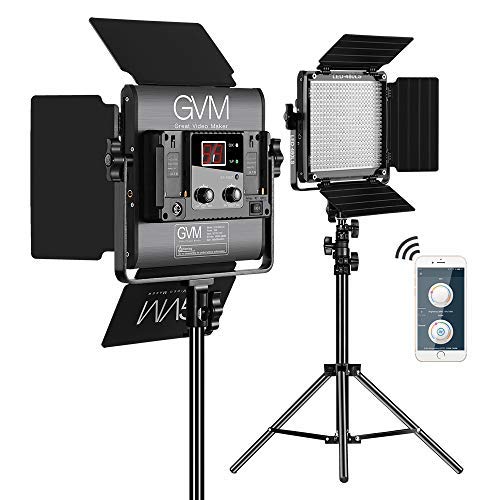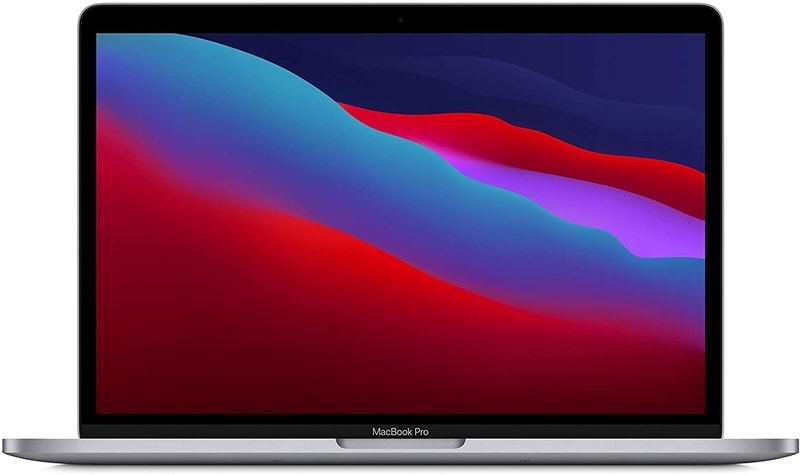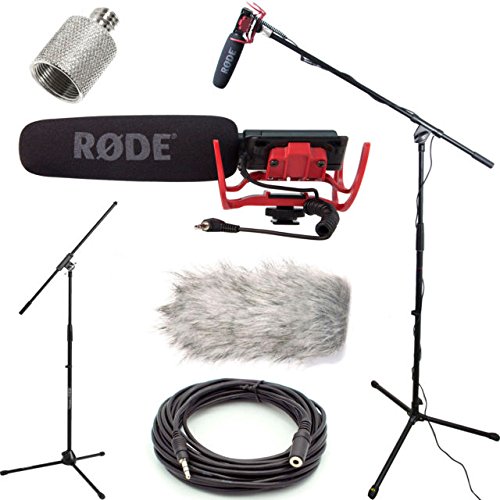Gear List For Small-Budget Video and Documentary Productions

Guest Post by: Jeff Nesmith, Gypsy Creative Communications
Published January 2018
Over the years, I have shot and edited mini-documentaries for a range of clients in the nonprofit and development sectors all over the world. As well as a lot of personal stuff.
Today I work for the Marketing Department at an international school in Vietnam, and I probably produce a short micro-doc once a week on average.
Along with various support equipment, batteries, and media, these are my favorite tools to work with.
My Gear List For Small-Budget Productions
Sony A7S II mirrorless cameraThis is, in my opinion, the hands-down #1 video camera for small budget production. It shoots 4K at 100mps, the dynamic range is incredible, and the low light performance is unbeatable in sub-$5000 price range. And it shoots various log color formats. I keep it in a Tilta cage, and it is my workhorse for video.
You have to have a 40, 50, or 55mm "portrait" lens for interviews. It's the closest thing to natural conversation focal length and it will provide you the shallow depth of field you want.
This is a great w/a lens to suit a variety of purposes, and there is a 16mm fisheye adapter designed specifically for this lens for really neat effects.
A nice cine lens with a de-clicked aperture ring. 85mm fits that sweet spot between the portrait lenses and those that you might use a telephoto or zoom for.
Any sports photographer will tell you: this lens is a beast. I use it to film talks and presentations from a distance. The constant zoom-through aperture and incredibly sharp detail makes it worth the extra bucks.
I have one of these and a regular VideoMic, and I find the difference pretty striking. For not that much more money, the Pro gives you a much clearer, directional, noiseless sound.
This is a solid digital audio recorder that I use in the field for environmental sound, as well as lav mic'd up for interviews. The pre-amps are clean and the sound quality is great (96kHz/24-bit). With XLR and mini inputs, you can get up to 4 channels of input.
This HDMI monitor is so bright I can use it out in the mid-day sun—that environment where you can't even see an iPhone or the LCD on your camera. It comes with different display settings like grid, focus peaking, and histogram, and you can load your own LUTs into it to see how images will look in post production.
This thing is incredible. I am using GoPros more and more out in the field, and the combination of 4K video, super slow motion, and really impressive dynamic range makes the GoPro 6 a serious camera.
Drones are awesome. In my opinion, the Phantom 3 Pro and the 4 were the drones that really crossed that threshold of image quality (no more jello effect, instability, etc.) where we could begin safely using them in professional productions.
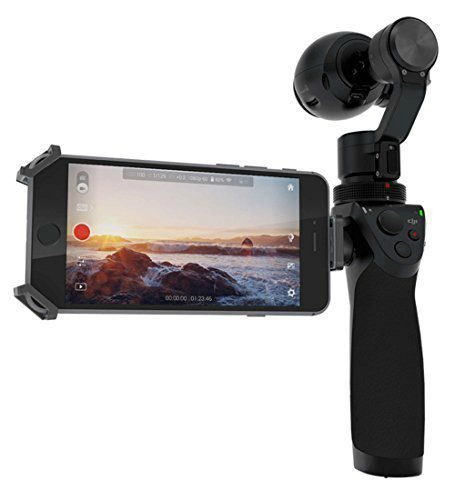
DJI OSMO
This is a great little camera. Especially working in a school, there's nothing like a mechanical, gimbal-stabilized camera for images of chasing little kids down the halls or across the playground. Get it with the Z-Axis if you can, to improve walking images.
Mai Châu, Vietnam in 4K
Shot/Produced by Jeff Nesmith
About The Author

Jeff Nesmith is an award-winning filmmaker, teacher, and multimedia designer.
Currently, he is the Digital Marketing Producer for the Saigon South International School based in Ho Chi Minh City, Vietnam. He has produced over 50 videos and mini-documentaries for SSIS. He photographed and developed the school's first high-definition, 360° interactive campus tour.
Prior to that, he ran his own full-service video and multimedia marketing company, Gypsy Creative Communications. And also worked as a video editor/archivist for the Nature Conservancy.
Specialties: Design Thinking, Content Marketing, Inbound Marketing, Digital Marketing Production; Final Cut Pro X, Adobe Creative Suite.
Learn More: gypsycreative.com
My crew of aspiring multimedia specialists. pic.twitter.com/ZvT2gUK8U4
— Jeff Nesmith (@GypsyCreative) December 7, 2017
Are YOU a filmmaker?
Other Articles You May Enjoy
- Video Production & Documentary Equipment Check List
- Wildlife and Underwater Documentary Cinematography with Michael Maes
- Documentary Gear List: Canon 70D and Canon Rebel T5i
- 12-Point Check List for Aspiring Documentary Filmmakers
Ready To Make Your Dream Documentary?
Sign up for our exclusive 7-day crash course and learn step-by-step how to make a documentary from idea to completed movie!
